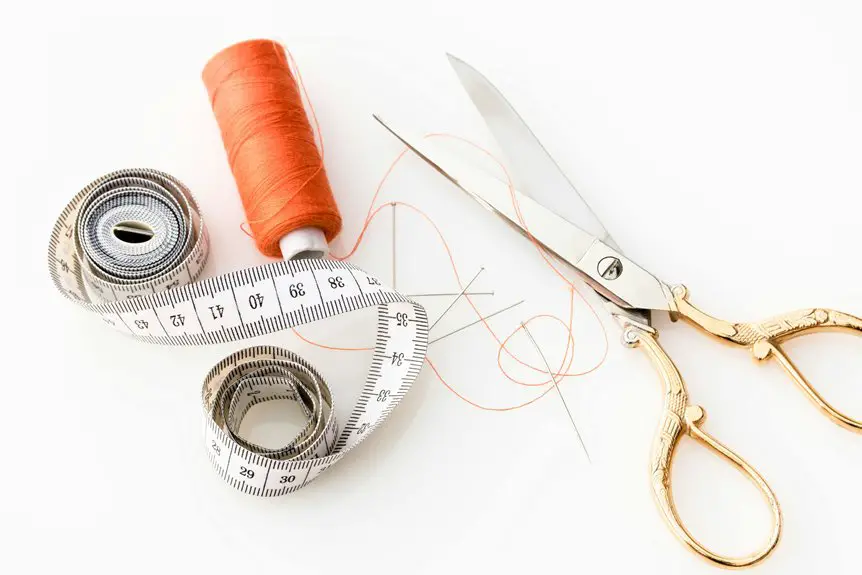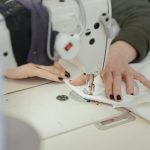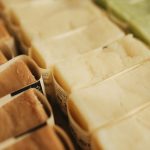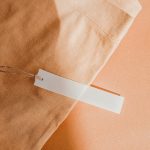A needle-punched nonwoven is a durable fabric made by mechanically intertwining fibers with barbed needles, rather than weaving or knitting. You’ll find it in products needing strength and flexibility, like geotextiles, automotive parts, and filters. It’s breathable, tear-resistant, and cost-effective, helping capture contaminants or provide cushioning. Its unique texture and versatility make it essential across industries. Keep exploring to discover how its manufacturing and innovations enhance its wide-ranging uses.
Table of Contents
Key Takeaways
- Needle-punched nonwovens are fabrics made by mechanically entangling fibers using barbed needles without weaving or adhesives.
- They have a dense, felt-like texture offering strength, flexibility, durability, and tear resistance.
- Common uses include geotextiles for soil reinforcement, automotive interiors, filtration systems, and protective clothing.
- The manufacturing process involves fiber web formation, needle punching, then finishing treatments for performance enhancement.
- Their porosity allows breathability and moisture management, making them suitable for cushioning and filtration applications.
Understanding Needle-Punched Nonwoven Fabrics
Needle-punched nonwoven fabrics offer a unique combination of strength and flexibility by mechanically interlocking fibers through barbed needles.
When you handle these fabrics, you’ll notice their dense, felt-like texture, which results from entangled fibers rather than woven threads. This structure gives them durability and tear resistance, making them ideal for applications needing both toughness and pliability.
You’ll find these fabrics in areas like geotextiles, filtration, and automotive interiors because they can withstand stress and conform to shapes easily.
Plus, their porosity allows for breathability and moisture management, which can be essential depending on your needs.
The Manufacturing Process of Needle-Punched Nonwovens
Although the raw materials vary, the manufacturing process of needle-punched nonwovens generally starts by laying fibers into a loose web.
You’ll then move this web through a carding or air-laying machine to align and distribute the fibers evenly.
Next, you use barbed needles to repeatedly punch through the web, entangling the fibers mechanically. This needle-punching strengthens the fabric by locking fibers together without the need for adhesives or heat.
Barbed needles mechanically entangle fibers, strengthening fabric without adhesives or heat.
After the web reaches the desired thickness and density, you might apply finishing treatments depending on its intended use.
Finally, you roll or cut the nonwoven fabric for packaging and shipment.
This straightforward yet effective method allows you to create durable, versatile materials suited for various applications.
Key Properties and Advantages of Needle-Punched Nonwovens
Durability stands out as one of the main benefits you’ll find in needle-punched nonwovens. They resist wear and tear better than many other fabrics, making them perfect when you need long-lasting materials.
You’ll also appreciate their excellent thickness and strength, which help maintain shape and provide cushioning. These nonwovens offer great filtration capabilities and breathability, so they work well in environments where air or liquid flow matters.
Another advantage is their cost-effectiveness; you get strong, reliable fabric without breaking the bank. Plus, they’re versatile—you can customize weight, density, and texture to fit your specific needs.
Industrial Applications of Needle-Punched Nonwoven Materials
When you explore industrial uses, you’ll find needle-punched nonwoven materials excel in areas requiring strength and filtration. You can rely on them for geotextiles, where they reinforce soil, control erosion, and improve drainage.
If you work in automotive manufacturing, these materials provide sound insulation, cushioning, and lightweight structural support. In filtration systems, needle-punched fabrics capture contaminants efficiently, making them ideal for air and liquid filters.
You’ll also find them in protective clothing and industrial wipes due to their durability and absorbency. Their versatility allows you to use them in construction as roofing underlays or carpet backing, enhancing durability and stability.
Innovations and Future Trends in Needle-Punched Nonwovens
As technology advances, needle-punched nonwovens are evolving to meet new demands for sustainability, performance, and functionality.
You’ll notice increasing use of recycled fibers and biodegradable materials, making these fabrics eco-friendlier than ever. Innovations in fiber blending and needle punching techniques enhance strength, durability, and softness, allowing you to use them in more demanding applications.
Smart nonwovens embedded with sensors or conductive materials are emerging, opening doors to wearable tech and healthcare monitoring. You’ll also find improved water resistance and breathability, expanding their use in outdoor gear and filtration.
As manufacturers adopt more efficient, automated production methods, costs drop, and quality improves. Staying informed about these trends helps you select needle-punched nonwovens that align with your needs and sustainability goals.
Frequently Asked Questions
How Do Needle-Punched Nonwovens Compare in Cost to Woven Fabrics?
Think of needle-punched nonwovens as the budget-friendly puzzle pieces of fabric. You’ll find they’re generally cheaper than woven fabrics because they require less weaving time and simpler machinery, making them a cost-effective choice for many projects.
Can Needle-Punched Nonwovens Be Recycled or Are They Biodegradable?
You can recycle some needle-punched nonwovens, depending on their fiber content, but they’re generally not biodegradable. Always check the material specifics since synthetic fibers resist decomposition, while natural fibers may break down over time.
What Are the Environmental Impacts of Producing Needle-Punched Nonwovens?
You might expect needle-punched nonwovens to be eco-friendly, but their production consumes energy and water, and releases emissions. Yet, choosing recycled fibers can reduce impacts, making your environmental footprint considerably smaller.
Are There Any Health Concerns Related to Handling Needle-Punched Nonwoven Materials?
You should handle needle-punched nonwoven materials carefully because fibers can irritate your skin or lungs. Wearing gloves and masks helps reduce risks, especially if you’re exposed to dust or fine particles during processing or handling.
How Do Needle-Punched Nonwovens Perform in Extreme Weather Conditions?
You’ll find needle-punched nonwovens perform well in extreme weather—they resist moisture, maintain strength, and provide insulation. However, prolonged exposure to UV rays might degrade fibers, so consider protective coatings for long-term outdoor use.
- What Is a Needle-Punched Nonwoven and How Is It Used? - July 12, 2025
- The Use of Nonwovens in Protective Apparel (PPE) - July 12, 2025
- Can Nonwoven Fabrics Be Flame Retardant? - July 12, 2025






